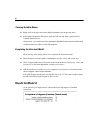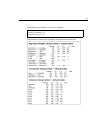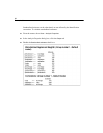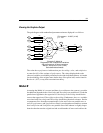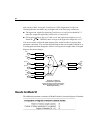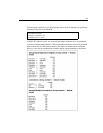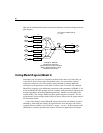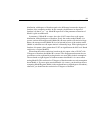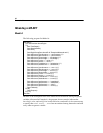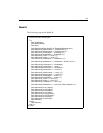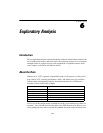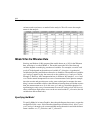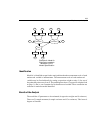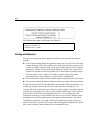
97
Unobserved Variables
distribution with degrees of freedom equal to the difference between the degrees of
freedom of the competing models. In this example, the difference in degrees of
freedom is 8 (that is, ). Model B imposes all of the parameter constraints of
Model A, plus an additional 8.
In summary, if Model B is correct, the value 16.632 comes from a chi-square
distribution with eight degrees of freedom. If only the weaker model (Model A) is
correct, and not the stronger model (Model B), the new statistic will tend to be large.
Hence, the stronger model (Model B) is to be rejected in favor of the weaker model
(Model A) when the new chi-square statistic is unusually large. With eight degrees of
freedom, chi-square values greater than 15.507 are significant at the 0.05 level. Based
on this test, we reject Model B.
What about the earlier conclusion, based on the chi-square value of 26.967 with
22 degrees of freedom, that Model B is correct? The disagreement between the two
conclusions can be explained by noting that the two tests differ in their assumptions.
The test based on eight degrees of freedom assumes that Model A is correct when
testing Model B. The test based on 22 degrees of freedom makes no such assumption
about Model A. If you are quite sure that Model A is correct, you should use the test
comparing Model B against Model A (the one based here on eight degrees of freedom);
otherwise, you should use the test based on 22 degrees of freedom.
22 14–




